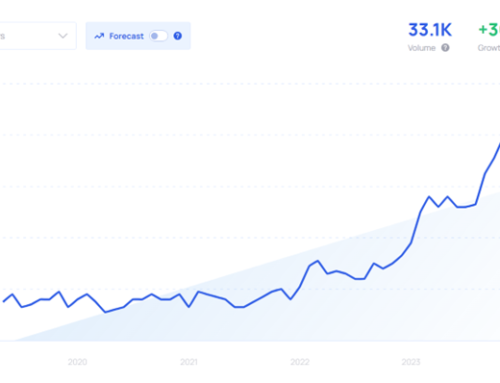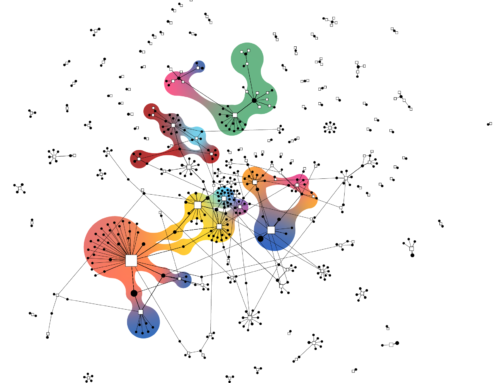Neural networks are a type of machine learning algorithms that can be used to analyze complex and large datasets, such as customer experience data in airports, to identify patterns, correlations, and insights that may not be easily detectable through traditional analytical methods. Using neural networks, airport authorities and businesses can gain a more thorough understanding of customer behavior, preferences, and pain points, which enables them to make data-driven decisions to enhance the overall customer experience. The following are some examples of how neural networks can be applied in airport ecosystems to manage customer experience:
- Sentiment analysis: Neural networks can be trained on customer feedback data, such as surveys, reviews, and social media posts, to perform sentiment analysis, which helps airports understand the overall sentiment of customers towards various aspects of their experience, such as check-in processes, security screening, amenities, and staff behavior. By identifying areas with negative sentiment, airports can prioritize improvements and allocate resources effectively.
- Customer segmentation: Neural networks can analyze customer data, including demographics, travel patterns, and spending behavior, to segment customers into distinct groups; this segmentation allows airports to tailor their services, offerings, and marketing strategies to specific customer segments, enhancing the relevance and effectiveness of their initiatives.
- Anomaly detection: Neural networks can be applied to detect anomalies or unusual patterns in customer behavior data. For example, a sudden spike in complaints about a particular service or facility can be quickly identified, enabling airport authorities to investigate and address the issue promptly. This proactive approach helps prevent minor issues from escalating into major customer experience problems.
- Predictive analytics: Neural networks can be used to build predictive models based on historical customer data, to forecast future trends, such as peak travel times, customer traffic, and resource requirements. By anticipating customer needs and behaviors, airports can optimize staffing, inventory management, and service delivery, leading to improved customer satisfaction and operational efficiency.
- Personalized recommendations: Neural networks can analyze individual customer data to provide personalized recommendations and offers. For instance, based on a customer’s past purchases and preferences, the algorithm can suggest relevant products, services, or promotions, enhancing the customer’s airport experience and potentially increasing revenue for airport businesses.
- Image and video analysis: Neural networks, particularly deep learning models like convolutional neural networks (CNNs), can analyze images and videos captured in the airport, for various purposes, such as monitoring queue lengths, detecting congestion or safety hazards, and analyzing customer emotions through facial recognition. These insights can help airports optimize layout, signage, and staffing to improve customer flow and satisfaction.




Leave A Comment